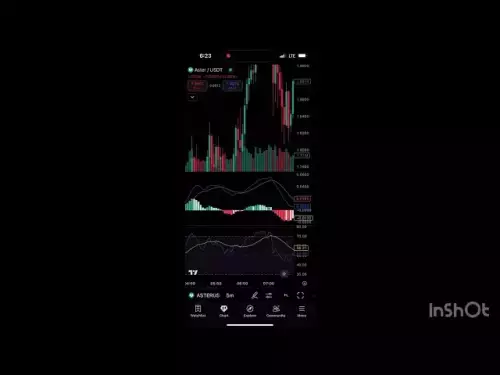-
 bitcoin
bitcoin $115639.180809 USD
-0.09% -
 ethereum
ethereum $4488.191456 USD
0.32% -
 xrp
xrp $2.988822 USD
-0.32% -
 tether
tether $1.000468 USD
0.01% -
 bnb
bnb $1056.260800 USD
7.05% -
 solana
solana $240.340137 USD
0.27% -
 usd-coin
usd-coin $0.999908 USD
0.01% -
 dogecoin
dogecoin $0.268540 USD
0.80% -
 tron
tron $0.346665 USD
0.75% -
 cardano
cardano $0.894691 USD
-0.17% -
 hyperliquid
hyperliquid $53.961336 USD
-3.90% -
 chainlink
chainlink $23.406743 USD
-0.78% -
 ethena-usde
ethena-usde $1.000949 USD
-0.01% -
 avalanche
avalanche $33.027412 USD
-2.60% -
 sui
sui $3.660269 USD
-0.44%
How can I calculate the liquidation price for Bybit contracts?
Bybit's liquidation price is the point where leveraged positions are auto-closed to prevent further losses, influenced by entry price, leverage, fees, and mark price.
Sep 18, 2025 at 07:36 am
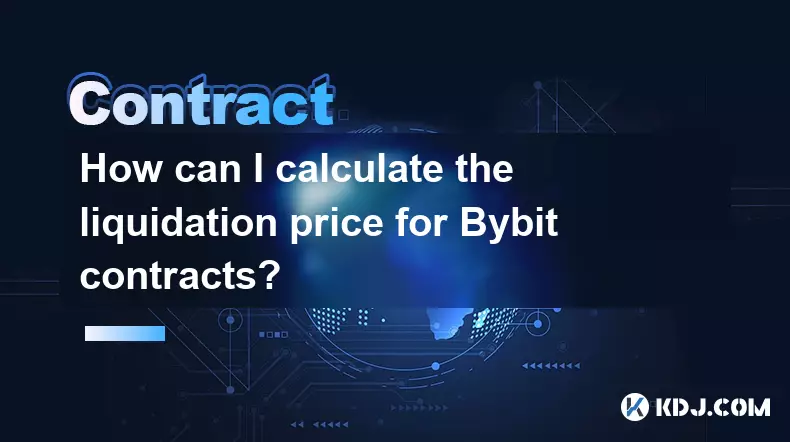
Liquidation Price Mechanics on Bybit
1. The liquidation price on Bybit represents the market price at which a trader’s leveraged position is automatically closed due to insufficient margin. This mechanism protects both the trader and the exchange from deeper losses that could exceed available funds.
2. For long positions, the liquidation price is generally below the entry price, while for short positions, it sits above the entry point. The exact value depends on several factors including leverage, position size, fees, and funding rates.
3. Traders using higher leverage face liquidation at smaller price movements. A 100x leverage position, for example, requires minimal adverse movement to trigger liquidation compared to a 10x position with the same entry and size.
4. Bybit uses a maintenance margin system to determine when liquidation occurs. This is a percentage of the position value required to keep the trade open. If the unrealized loss reduces equity to the level of maintenance margin, liquidation initiates.
Key Variables in Liquidation Calculations
1. Entry price directly affects where the liquidation threshold lies. Positions opened at volatile moments may have tighter liquidation buffers due to slippage and mark price differences.
2. Leverage level amplifies both gains and losses. Higher leverage reduces the distance between entry and liquidation price, increasing risk exposure significantly.
3. Position size influences the total margin used and maintenance requirements. Larger positions demand more collateral and are more sensitive to price shifts relative to account equity.
4. Funding payments, though periodic, can erode margin over time. Long positions pay funding in bullish markets, while shorts pay in bearish conditions, subtly shifting the liquidation threshold.
5. The difference between mark price and last traded price plays a critical role. Bybit uses mark price—based on spot indices—to prevent manipulation-driven liquidations, meaning liquidation can occur even if the order book price hasn't reached the theoretical level.
Step-by-Step Calculation Approach
1. Determine the maintenance margin rate based on position size. Bybit provides tiered maintenance margin tables; for instance, a $50,000 contract might require 0.5%, while a $1 million position could require 1%.
2. Calculate the initial margin: divide the position value by the leverage used. A $10,000 position at 20x leverage requires $500 in initial margin.
3. Add any applicable fees and estimated funding costs over the holding period to assess total cost basis. Though small, these reduce net equity available before liquidation.
4. Use the formula: Liquidation Price = Entry Price × (1 - Initial Margin Rate + Maintenance Margin Rate) for longs. For shorts, reverse the sign inside the parentheses.
5. Adjust for mark price deviation. If the index price diverges significantly from the last traded price, recalculate using the index as the reference to reflect actual liquidation triggers.
Practical Examples and Risk Management
1. A trader opens a $20,000 long position on BTC/USDT with 50x leverage at $60,000. Initial margin is $400. With a maintenance margin rate of 0.4%, the approximate liquidation price is around $58,800, assuming no fee adjustments.
2. In a short scenario at the same entry, the formula adjusts upward. Adverse moves above $61,200 under similar conditions may lead to liquidation, factoring in the same maintenance threshold.
3. Partial liquidations occur in larger positions. Bybit may reduce portions of a position incrementally if risk levels rise, preserving part of the trade instead of closing it entirely at once.
4. Traders can monitor their liquidation price in real-time via the Bybit interface. This displayed value accounts for current mark price, funding, and dynamic maintenance rates based on outstanding contracts.
5. Using stop-loss orders alongside proper leverage helps avoid reaching liquidation. These tools give traders control over exit points rather than relying solely on automated mechanisms.
Frequently Asked Questions
What causes the liquidation price to change during a trade?Market volatility, funding rate updates, changes in mark price, and fluctuations in available balance due to P&L all contribute to dynamic shifts in the calculated liquidation price.
Does Bybit warn users before liquidation?Yes, Bybit displays the current margin ratio and estimated liquidation price continuously. When the margin level approaches maintenance requirements, alerts appear depending on user notification settings.
Can I recover funds after a position is liquidated?After liquidation, remaining equity—after covering losses and fees—is returned to the wallet. Insurance funds cover extreme deficits, but full recovery of initial margin is not guaranteed.
Why is my liquidation price different from other exchanges?Differences arise from unique mark price methodologies, tiered maintenance margin structures, and variations in leverage rules. Each platform calculates thresholds based on its own risk model.
Disclaimer:info@kdj.com
The information provided is not trading advice. kdj.com does not assume any responsibility for any investments made based on the information provided in this article. Cryptocurrencies are highly volatile and it is highly recommended that you invest with caution after thorough research!
If you believe that the content used on this website infringes your copyright, please contact us immediately (info@kdj.com) and we will delete it promptly.
- SGX Listing Frenzy: Centurion REIT and the Buzz of New Company Launches
- 2025-09-22 06:25:15
- Optimism's Superchain Upgrade: Launching into a Bullish Future?
- 2025-09-22 06:25:15
- Altcoins, Search Trends, and Crypto: What's Hot Right Now?
- 2025-09-22 06:30:12
- MoonBull, FLOKI, ApeCoin: Which Meme Coin Will Moon in 2025?
- 2025-09-22 06:30:12
- Sweeten Your Game: The Strawberry Cake Dice Skin in Monopoly GO
- 2025-09-22 06:35:17
- Level Up Family Time: Exploring Web3 Games for a Shared Experience
- 2025-09-22 06:35:17
Related knowledge

What are the benefits of simulated trading?
Sep 21,2025 at 08:18pm
Understanding the Role of Simulated Trading in Cryptocurrency Markets1. Simulated trading allows users to engage with cryptocurrency markets without r...
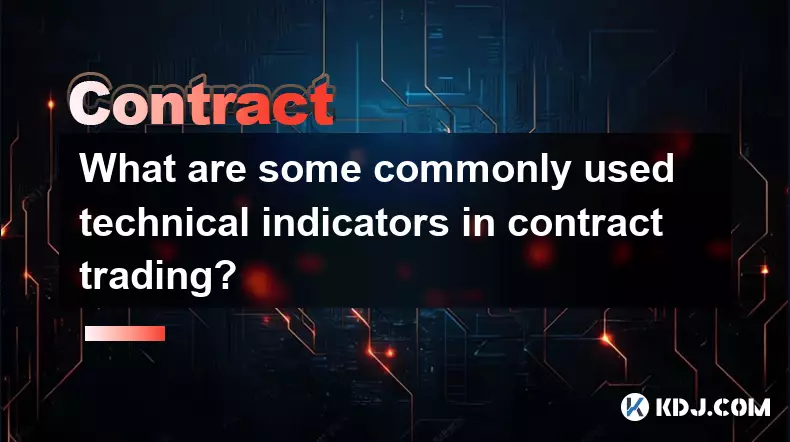
What are some commonly used technical indicators in contract trading?
Sep 19,2025 at 05:54pm
Popular Technical Indicators in Contract Trading1. Moving Averages (MA) are among the most widely adopted tools in contract trading. Traders use both ...
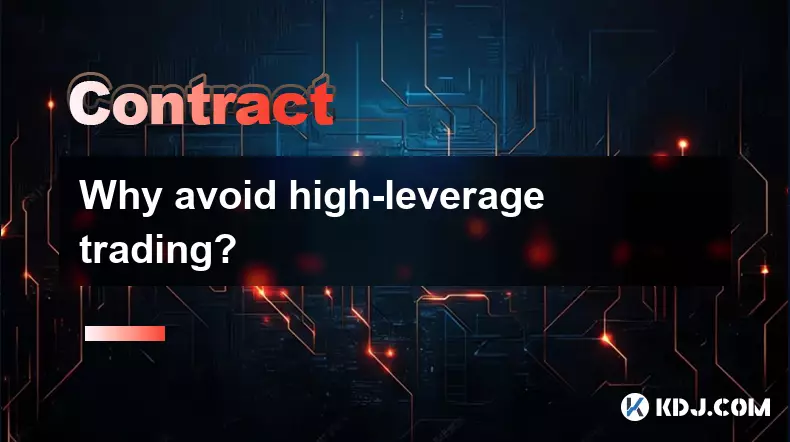
Why avoid high-leverage trading?
Sep 20,2025 at 04:00am
Understanding the Risks of High-Leverage Trading1. Leverage amplifies both gains and losses, making high-leverage positions extremely volatile. A smal...
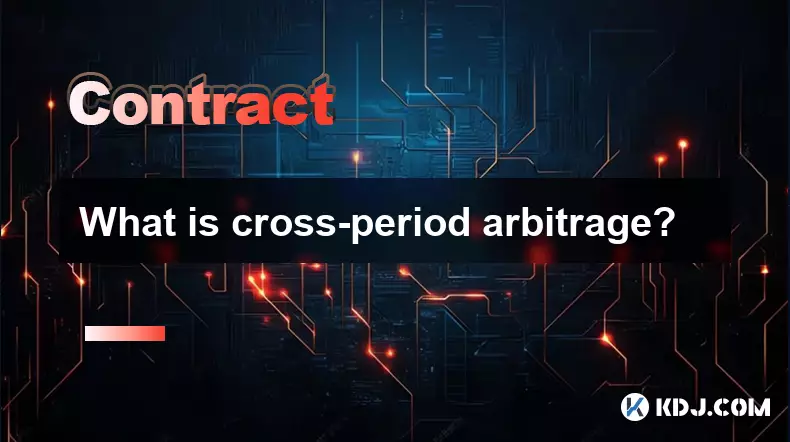
What is cross-period arbitrage?
Sep 20,2025 at 10:00pm
Understanding Cross-Period Arbitrage in the Cryptocurrency MarketCross-period arbitrage is a trading strategy that leverages price discrepancies of th...
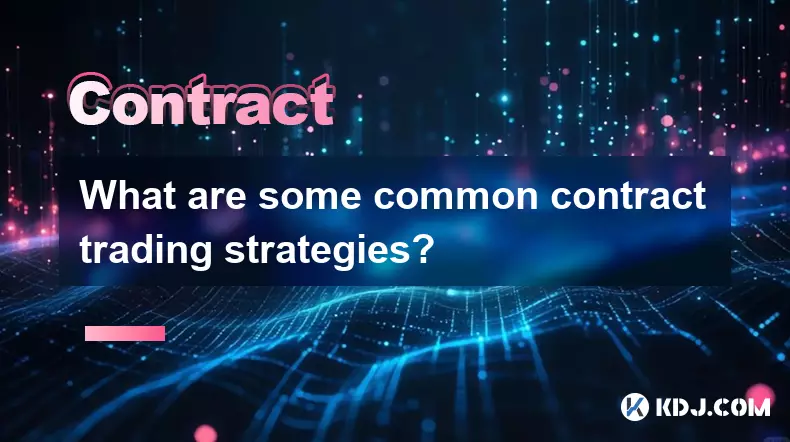
What are some common contract trading strategies?
Sep 21,2025 at 06:36pm
Understanding Contract Trading in the Crypto MarketContract trading has become a cornerstone of activity within the cryptocurrency ecosystem, allowing...
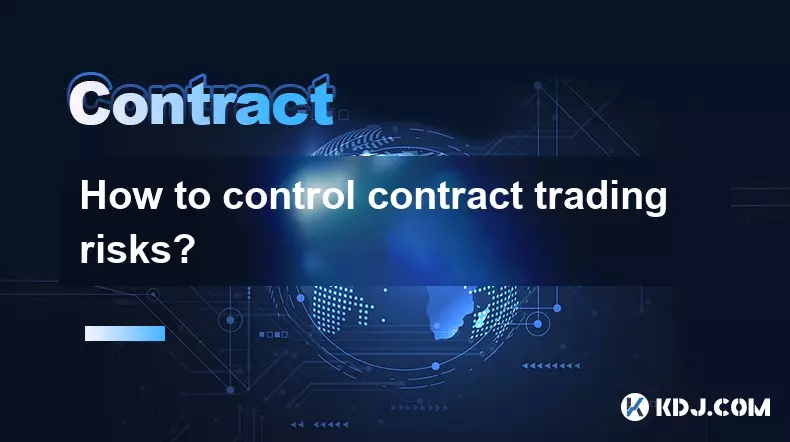
How to control contract trading risks?
Sep 20,2025 at 01:00pm
Risk Management Strategies in Contract Trading1. Set stop-loss orders for every position to automatically close trades when losses reach a predetermin...

What are the benefits of simulated trading?
Sep 21,2025 at 08:18pm
Understanding the Role of Simulated Trading in Cryptocurrency Markets1. Simulated trading allows users to engage with cryptocurrency markets without r...

What are some commonly used technical indicators in contract trading?
Sep 19,2025 at 05:54pm
Popular Technical Indicators in Contract Trading1. Moving Averages (MA) are among the most widely adopted tools in contract trading. Traders use both ...

Why avoid high-leverage trading?
Sep 20,2025 at 04:00am
Understanding the Risks of High-Leverage Trading1. Leverage amplifies both gains and losses, making high-leverage positions extremely volatile. A smal...

What is cross-period arbitrage?
Sep 20,2025 at 10:00pm
Understanding Cross-Period Arbitrage in the Cryptocurrency MarketCross-period arbitrage is a trading strategy that leverages price discrepancies of th...

What are some common contract trading strategies?
Sep 21,2025 at 06:36pm
Understanding Contract Trading in the Crypto MarketContract trading has become a cornerstone of activity within the cryptocurrency ecosystem, allowing...

How to control contract trading risks?
Sep 20,2025 at 01:00pm
Risk Management Strategies in Contract Trading1. Set stop-loss orders for every position to automatically close trades when losses reach a predetermin...
See all articles
























